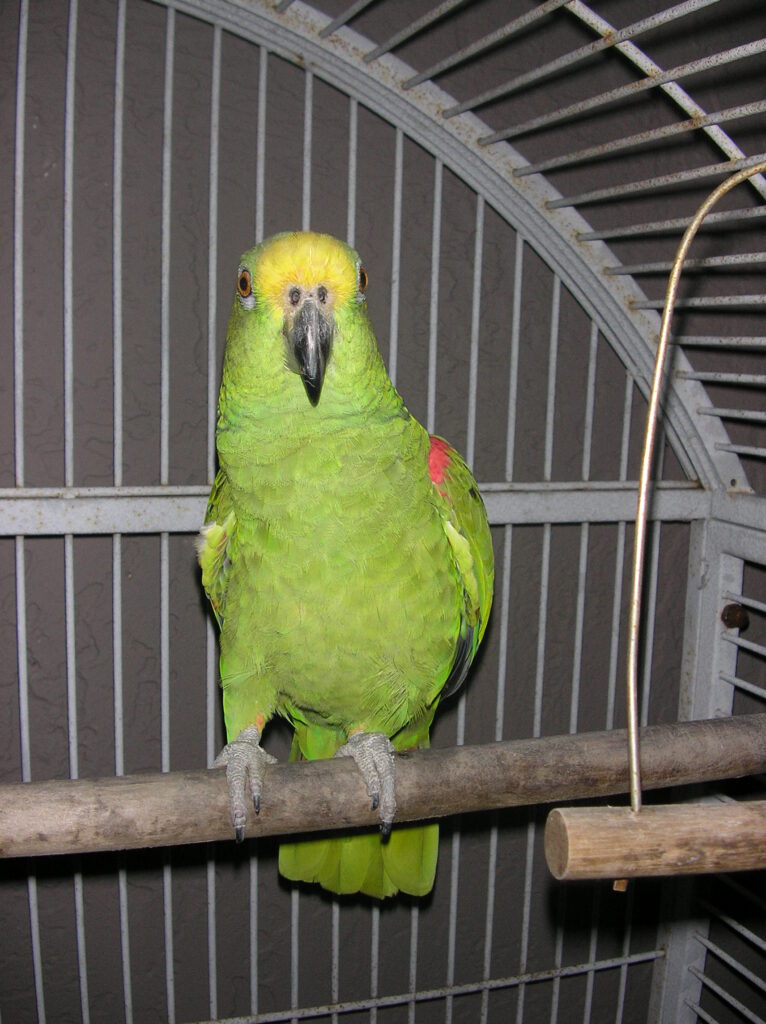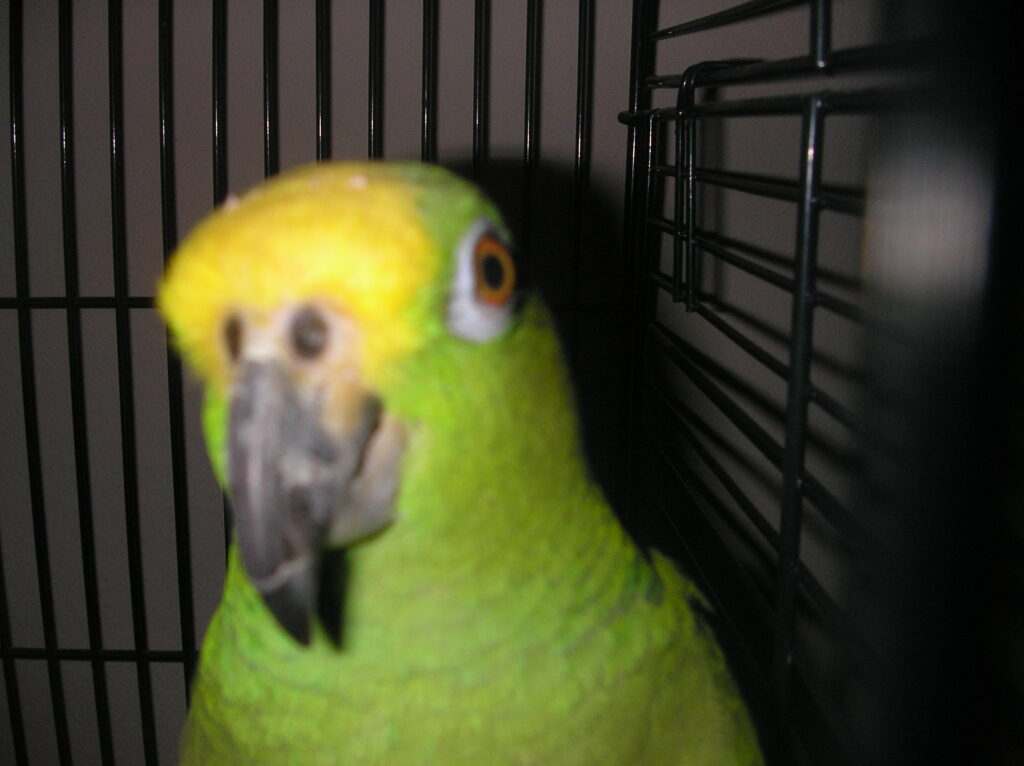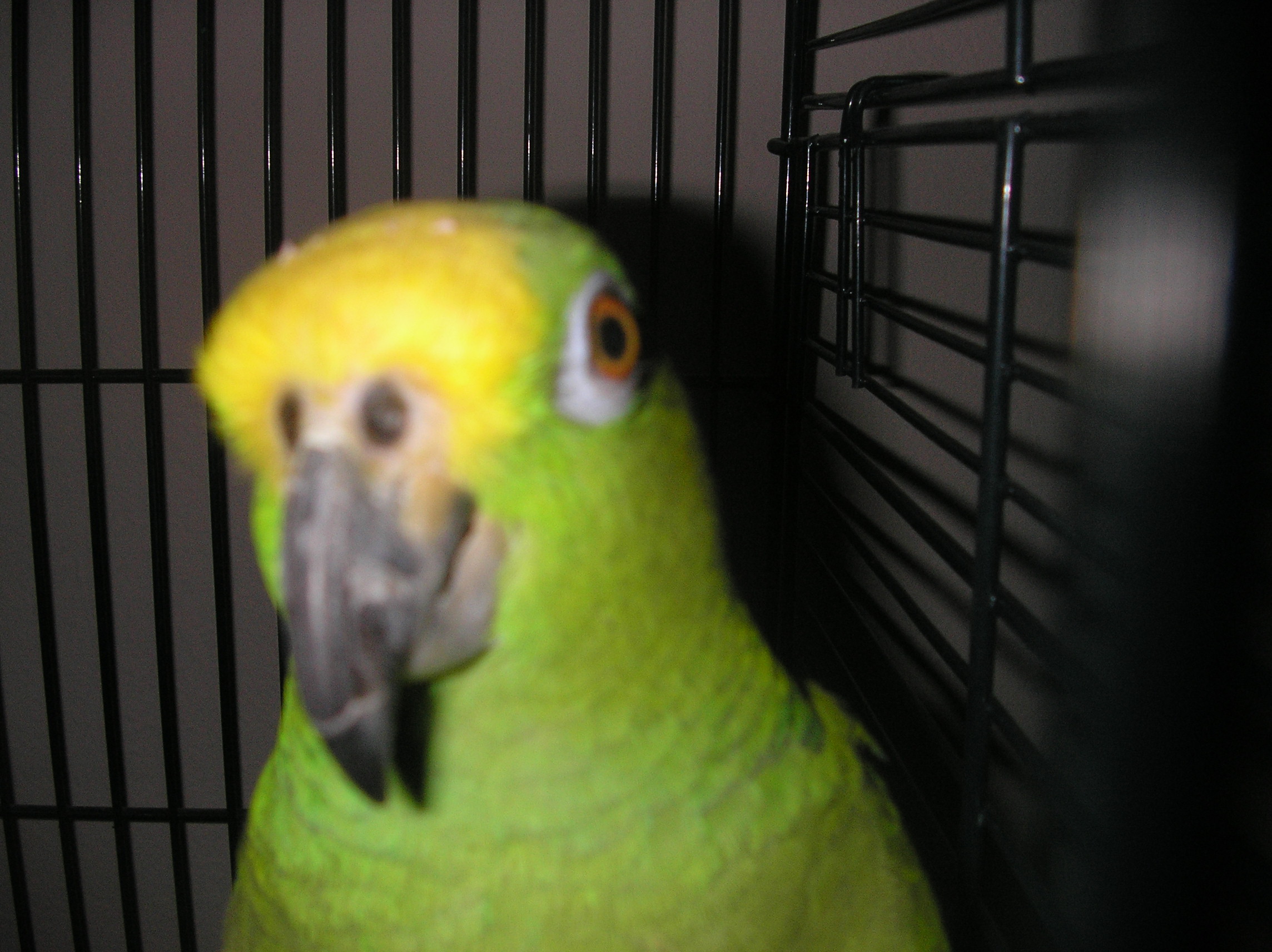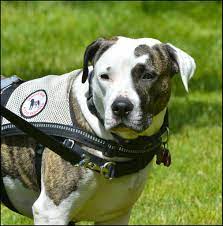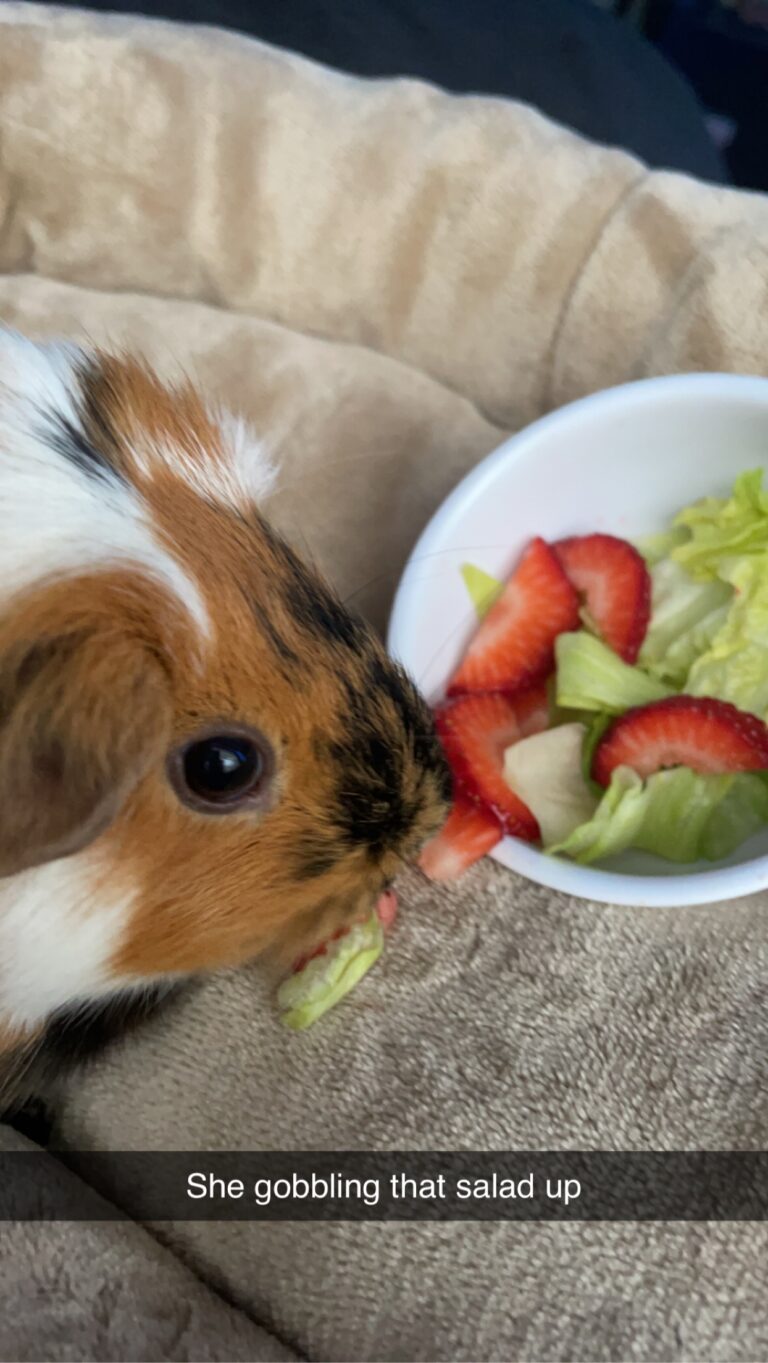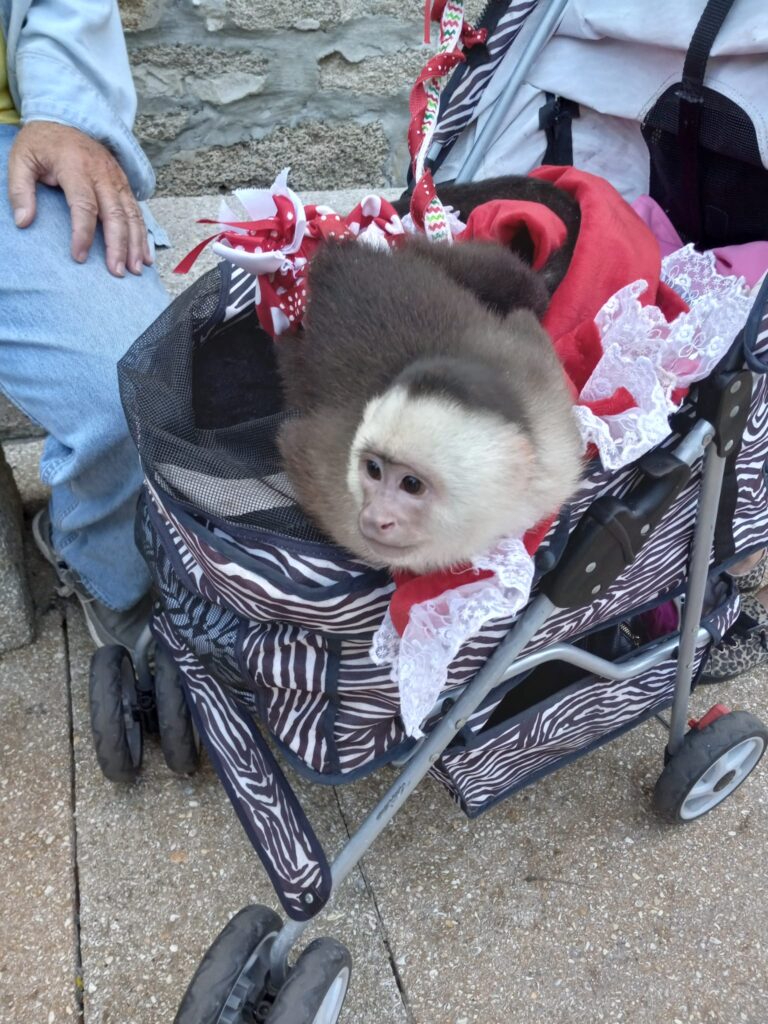Amazonian Parrot Cage
When selecting a cage for an Amazonian parrot (such as the popular species like the Blue-fronted Amazon, Yellow-naped Amazon, or Double Yellow-headed Amazon), it’s essential to consider the bird’s size and activity level. Amazon parrots are medium to large-sized parrots and require adequate space to move, play, and exercise. Here are some general guidelines for cage sizing:
- Minimum Cage Size: Choosing the right cage size for your Amazon parrot is a fundamental aspect of responsible parrot ownership, one that directly impacts their physical and psychological well-being. The dimensions of the cage are not just arbitrary measurements; they signify the space in which your parrot will spend a significant portion of their life. Understanding the significance of cage size and providing ample room for your feathered friend’s activities is an investment in their overall health and happiness. The recommended minimum cage size for a single Amazon parrot, measuring around 24 inches wide, 24 inches deep, and 36 inches tall (60 cm x 60 cm x 90 cm), serves as a starting point for creating a suitable living environment. However, it’s essential to recognize that this is a baseline requirement, and providing a larger enclosure offers substantial benefits. Imagine the world from your Amazon parrot’s perspective. Beyond mere confinement, the cage is their realm for exploration, exercise, and interaction. A larger cage offers the opportunity for natural behaviors, such as wing flapping, climbing, and hopping from perch to perch. These movements promote physical health, muscle development, and overall vitality. An expanded living space encourages more varied activities, reducing the risk of muscle atrophy and other physical ailments that can arise from limited movement. Moreover, a larger cage is not just about physical space; it provides a canvas for mental stimulation and enrichment. Amazon parrots are intelligent and curious creatures that thrive on mental engagement. A spacious cage accommodates a diverse array of toys, perches, and interactive elements that keep their minds active. This stimulation is crucial for preventing boredom, stress, and behaviors associated with psychological distress. Social interaction is a cornerstone of parrot well-being. In the wild, parrots live in flocks and engage in intricate social dynamics. While they can’t replicate the complexity of wild flocks, providing ample space in the cage allows for the inclusion of companion perches, ropes, and toys that simulate the presence of flockmates. This enhances their psychological health and minimizes the risk of loneliness and the development of negative behaviors stemming from isolation. When considering cage size, it’s important to remember that Amazon parrots are intelligent, dynamic creatures that deserve a habitat that mirrors their natural inclinations. Bigger cages offer an expanded canvas for creating an environment that supports physical fitness, mental stimulation, and social interaction. If space permits, opting for a larger cage than the minimum recommended size is a proactive step toward ensuring your parrot’s well-being. Investing in a spacious and thoughtfully designed enclosure reflects your commitment to your feathered companion’s holistic health and contributes to a vibrant and contented parrot household..
- Bar Spacing: When it comes to housing your beloved Amazon parrot, the cage you choose plays a critical role in ensuring their safety and comfort. One of the essential aspects to consider is the bar spacing of the cage. This seemingly small detail holds significant importance, as it directly affects the safety and well-being of your feathered companion. Amazon parrots, known for their intelligence and curious nature, can be quite resourceful in maneuvering through tight spaces. To prevent any potential mishaps or injuries, it’s vital to opt for a cage with bar spacing that prevents the bird from sticking its head through the bars. The recommended spacing typically falls within the range of ¾ to 1 inch (1.9 to 2.5 cm). This spacing strikes a balance between providing ample ventilation and ensuring the bird’s safety. A spacing that is too wide could result in the bird becoming stuck or injured, while one that is too narrow might restrict airflow and visibility. Finding the right balance ensures that your Amazon parrot can comfortably perch, move around, and explore its surroundings without the risk of getting entangled or injured. Furthermore, the appropriately spaced bars also serve to prevent escape attempts, especially from these clever and agile birds. As you select the ideal cage for your Amazon parrot, remember that the recommended bar spacing is a guideline that contributes to the overall well-being of your avian companion. Providing a safe and comfortable environment is essential for their physical and psychological health. While adhering to the suggested spacing, it’s also beneficial to consider the overall size of the cage. Ample space allows for the inclusion of various perches, toys, and enrichment activities that keep your parrot engaged and content. In conclusion, the bar spacing of your Amazon parrot’s cage is a critical factor in creating a secure and comfortable habitat. By choosing a cage with bar spacing ranging from ¾ to 1 inch (1.9 to 2.5 cm), you ensure that your feathered friend can explore and interact within a safe and well-ventilated environment. This thoughtful consideration enhances their overall quality of life and contributes to a harmonious and fulfilling companionship between you and your Amazon parrot..
- Bar Thickness: When embarking on the journey of selecting a suitable cage for your cherished parrot companion, the durability and strength of the cage’s construction take center stage. Parrots, with their robust beaks and inquisitive nature, can exert considerable force on their surroundings. Therefore, it’s imperative to opt for a cage that features sturdy bars designed to withstand their energetic explorations. Choose bars that are not only resistant to bending but also impervious to breakage. Parrots, equipped with beaks that possess the strength to crack open nuts and manipulate objects, can inadvertently cause damage to thin or weak bars. By prioritizing the quality and strength of the cage’s bars, you’re not only ensuring the safety and security of your feathered friend but also creating an environment that can withstand the natural behaviors and tendencies of these intelligent and resourceful birds. Investing in a cage with well-constructed bars sends a clear message that your parrot’s well-being and comfort are of the utmost importance. As your parrot interacts with its environment, climbs its perches, and engages in playful antics, the integrity of the cage’s bars will provide the reassurance that they are shielded from any potential harm. The resilience of the bars goes hand in hand with the longevity of the cage, ensuring that your investment continues to provide a haven for your parrot for years to come. In conclusion, selecting a cage with robust bars that are resistant to bending or breakage is a fundamental consideration when creating a secure and comfortable habitat for your parrot. By choosing a cage that can withstand the forces exerted by your parrot’s beak, you’re not only safeguarding their physical well-being but also fostering an environment that can accommodate their active and inquisitive nature. This thoughtful decision underscores your commitment to providing the best for your beloved parrot and contributes to a harmonious and enriching companionship between you and your feathered companion.
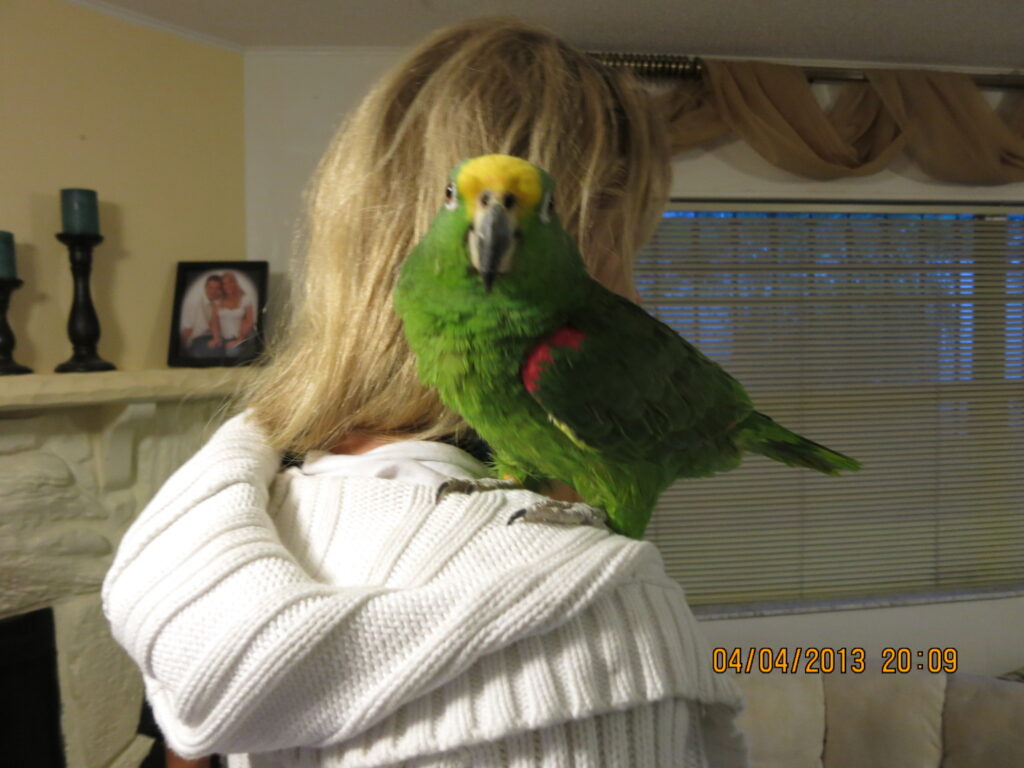
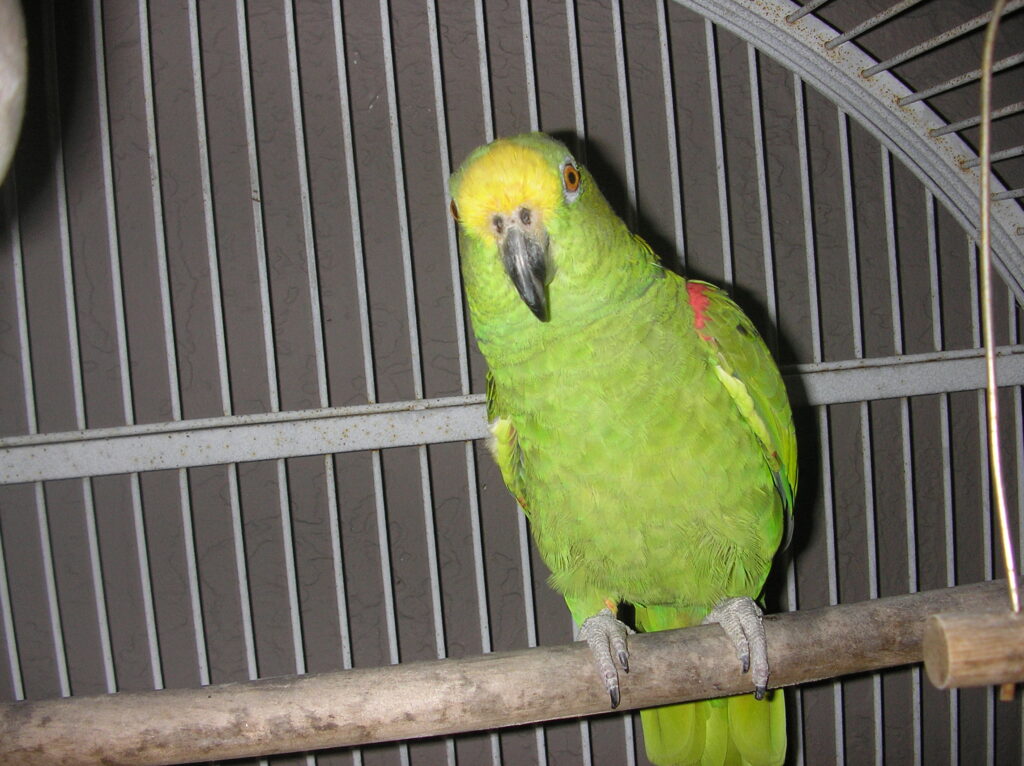
Horizontal Space: Amazon parrots are active and playful birds, so a cage with ample horizontal space to move around and climb is ideal. Horizontal bars or various perches at different heights can help keep the parrot entertained.
Play Top or Play Gym: Consider a cage with a play top or an additional play gym on top of the cage. This provides an extra space for the parrot to play, exercise, and interact outside of the main enclosure.
Material: Look for cages made of safe and non-toxic materials, such as stainless steel or powder-coated wrought iron.
Access Doors: Multiple access doors can make it easier to clean and access your parrot inside the cage.
One thing I noticed that our bird was happier when she was in a 53 inch cage. The picture on the left is where we tried using large 6 feet tall cage, but bird would sit in one place in the corner and barely move. I feel like it was too big for her. After downsizing the bird was more relaxed and was moving around again. She looked more lively and more energetic. So should you go big or go home? Not really. Make it big enough but not overly overwhelming. And take her out. She loves walking around and playing.
